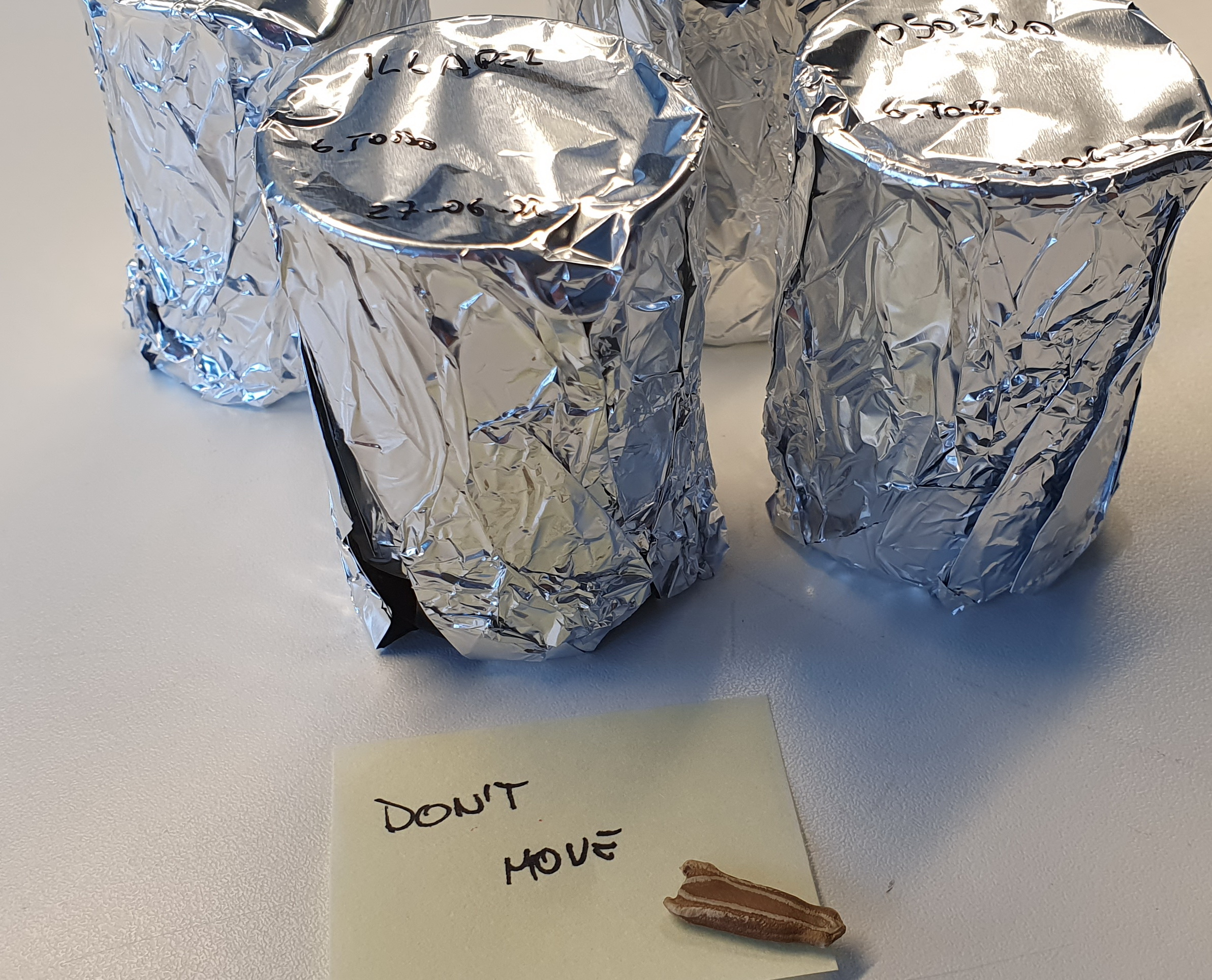Root responses to water deficits in landraces of Lagenaria siceraria
The Centro de Estudios Avanzados en Fruticultura (CEAF), the institution sponsoring this project, is developing and extending its Breeding Program to annual vegetables and fruit crops, including rootstocks to watermelon. In the first stage, the main objective of the Breeding Program will be to focus on the selection of bottle gourd (Lagenaria siceraria) used as rootstocks grafted with watermelon with high performance under water deficit through the identification of biomarkers (physiological and/or molecular markers) to develop an effective method for selection of rootstocks which improve the adaptability of watermelon crop to water stress.
There is one major challenge, however, being that the seeds refuse to germinate! We are following the exact same protocol as back home in Chile and yet, the germination rate is close to zero. This is an unforeseen challenge since the germination rate of the exact same batch back home is around 90%. The seeds have been shipped with international courier and during the process, the parcel has probably been screen in a number of X-ray machines in the various airports it has gone through. Apart from the shipping, the seeds are identical to the seeds that germinate so well.
Song is assisting Guillermo during his visit and right now they are trying to see if we can source our some seeds from local European seed banks. Guillermo is under time pressure since his visa is only valid for 90 days so we need to find a solution…

The seeds of Lagenaria sacraria are being imbibed in CaSO4 but now Guillermo and Song have tried to skip the cleansing step (sodium hypochlorite and ethanol) in a desperate attempt to increase germination.
There is one major challenge, however, being that the seeds refuse to germinate! We are following the exact same protocol as back home in Chile and yet, the germination rate is close to zero. This is an unforeseen challenge since the germination rate of the exact same batch back home is around 90%. The seeds have been shipped with international courier and during the process, the parcel has probably been screen in a number of X-ray machines in the various airports it has gone through. Apart from the shipping, the seeds are identical to the seeds that germinate so well.
Song is assisting Guillermo during his visit and right now they are trying to see if we can source our some seeds from local European seed banks. Guillermo is under time pressure since his visa is only valid for 90 days so we need to find a solution…

The seeds of Lagenaria sacraria are being imbibed in CaSO4 but now Guillermo and Song have tried to skip the cleansing step (sodium hypochlorite and ethanol) in a desperate attempt to increase germination.

